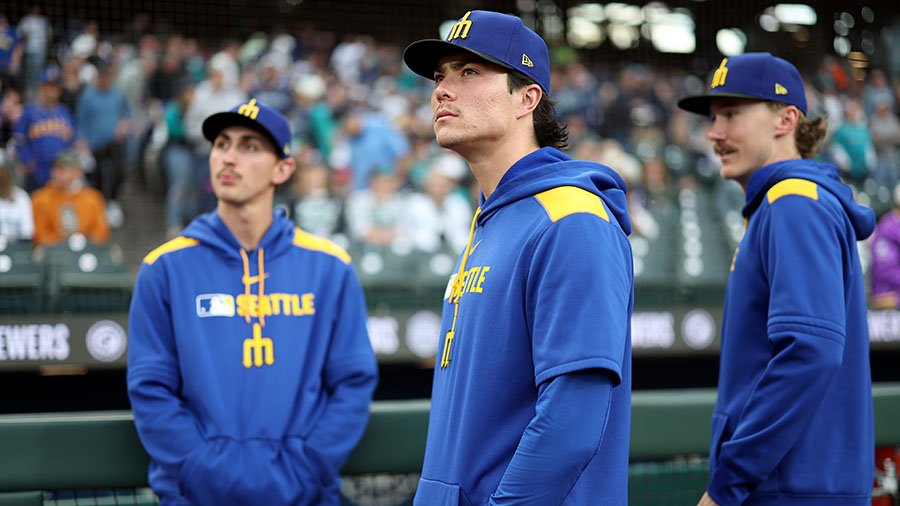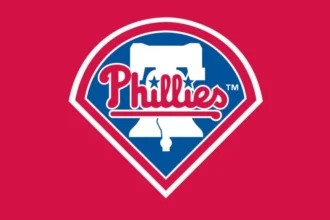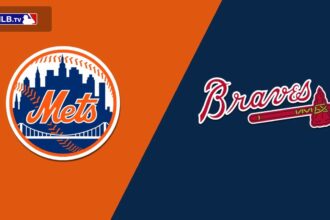The Seattle Mariners enter the offseason with several critical roster decisions looming. With the World Series officially concluding Saturday night, the 2025 MLB season has come to an end, ushering in the always intriguing — and often unpredictable — period of free agency. MLB wasted no time releasing the list of players who have officially entered the free-agent pool on Sunday, and for the Mariners, four names stood out as their newest free agents: Josh Naylor, Eugenio Suárez, Caleb Ferguson, and Luke Jackson.
Each of these players contributed in different ways throughout the 2025 campaign, but as the front office evaluates the roster and payroll heading into 2026, it’s clear that some difficult decisions lie ahead. While Ferguson and Jackson are both experienced relief pitchers, their futures in Seattle appear uncertain, and the Mariners may not feel a strong incentive to bring either back. The more pressing question revolves around Naylor and Suárez — two midseason acquisitions who played key roles down the stretch but now find themselves at a crossroads with the organization.
The Arrival of Naylor and Suárez
Both Josh Naylor and Eugenio Suárez arrived in Seattle before the 2025 trade deadline in a pair of moves aimed at bolstering the team’s offense and adding depth for what the Mariners hoped would be a deep postseason run. The trades were calculated gambles by the front office, as both players were in the final year of their contracts, meaning they could test free agency at season’s end. Still, for a Mariners team that had flirted with contention in recent years but struggled to consistently generate offense, adding proven veterans with power and experience made perfect sense.

Naylor, acquired from the Arizona Diamondbacks, quickly proved to be an impact player for Seattle. Known for his fiery energy and aggressive style of play, Naylor brought a jolt to the Mariners’ lineup almost immediately. He hit for average, provided steady power production, and even added an element of speed on the basepaths that many didn’t fully appreciate when the deal was first made. His ability to hit to all fields and deliver in clutch moments endeared him to both teammates and fans.
Suárez, meanwhile, returned to a familiar setting. His previous stint with the Mariners had left a positive impression, particularly due to his clubhouse leadership and infectious personality. When he came back to Seattle, expectations were high that he would provide much-needed right-handed power in the middle of the order. Early on with Arizona in 2025, he’d shown flashes of his old self, driving the ball out of the park at a consistent clip. But once he rejoined the Mariners, his bat cooled considerably. The power that defined his earlier years didn’t quite translate in his second go-around with Seattle, and by the end of the season, his production had dipped below expectations.
Evaluating the Free Agents
With the offseason now in full swing, the Mariners’ front office, led by general manager Justin Hollander, must determine which — if any — of these four free agents fit into the team’s long-term plans.
Caleb Ferguson and Luke Jackson both provided useful innings out of the bullpen in 2025. Ferguson, a left-handed reliever, was often deployed in middle relief or as a situational option against left-handed hitters. While his numbers weren’t disastrous, his inconsistency and occasional struggles with command left the Mariners searching for more dependable options late in games. Jackson, a veteran right-hander, brought experience and leadership, but his effectiveness was streaky. At this stage of their careers, both pitchers are replaceable, and Seattle’s deep pitching pipeline gives the team the flexibility to look elsewhere for bullpen depth.
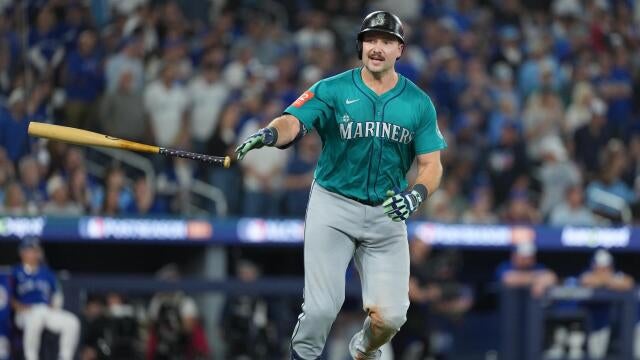
That brings the focus squarely back to Naylor and Suárez. Both players occupy different roles, both on the field and within the organization’s strategic plans. Naylor’s ability to hit for both contact and power makes him an intriguing option to retain, especially as the Mariners continue to search for more consistent run production. He posted some of his best offensive numbers after the trade, showing improved plate discipline and a knack for delivering in big moments. The Mariners’ lineup, which has often been top-heavy, benefited greatly from his balanced offensive presence.
Suárez, on the other hand, offers veteran leadership and a history of durability. Over the years, he has proven to be one of the more reliable third basemen in terms of availability, consistently logging full seasons and bringing an upbeat energy to the clubhouse. While his power numbers dipped, he still brings a respected presence that young players can learn from. However, with Seattle’s infield depth and the organization’s desire to get younger and more athletic, Suárez’s role moving forward is far from guaranteed.
The Financial Angle
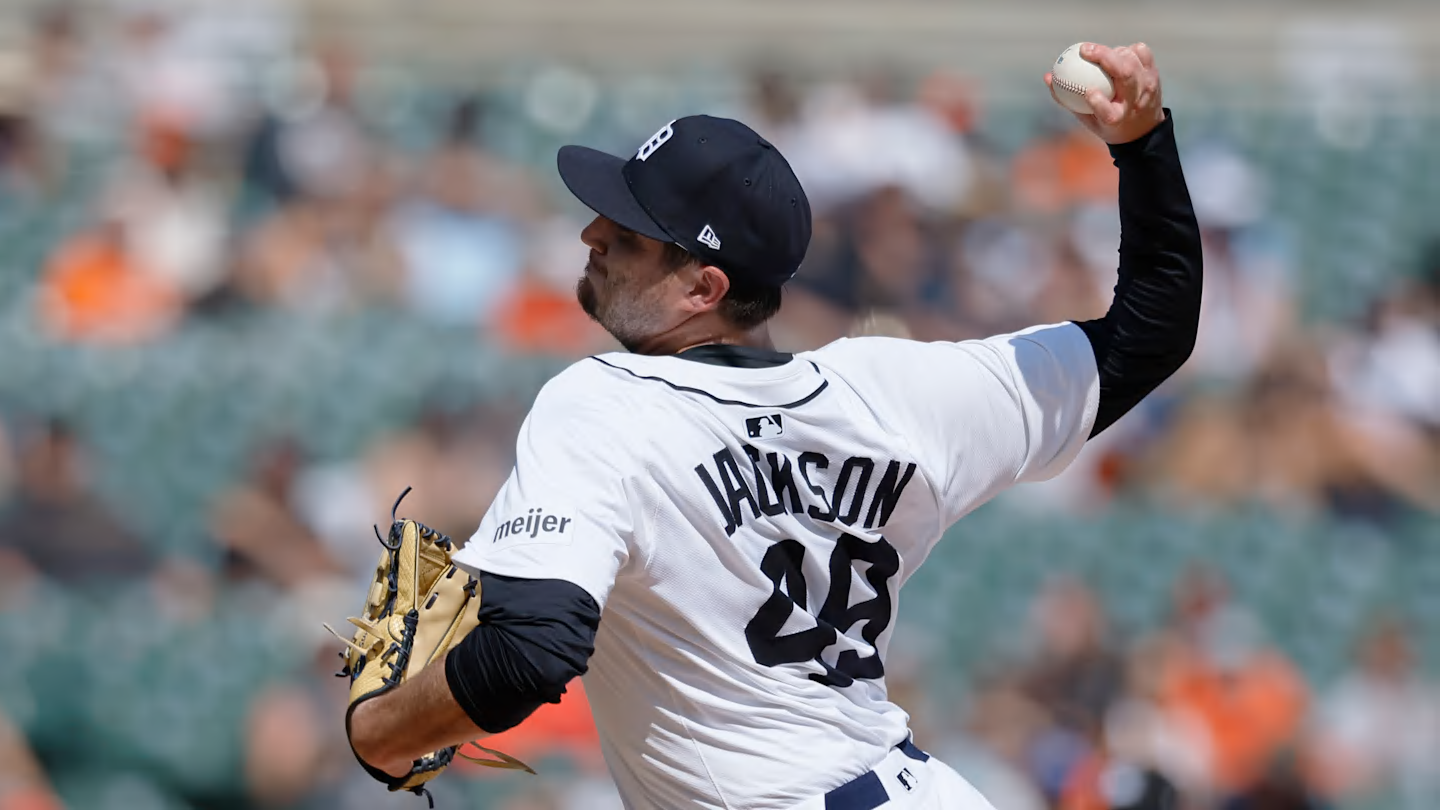
Money, of course, complicates everything. The Mariners have been cautious spenders in recent offseasons, preferring to build around a strong farm system and targeted trades rather than major free-agent splashes. That philosophy won’t change drastically this winter, but it does mean that keeping both Naylor and Suárez is unlikely unless one is willing to take a significant pay cut.
Naylor’s breakout stretch in Seattle will undoubtedly attract attention from other clubs. His blend of youth, energy, and offensive productivity makes him an appealing free-agent target. Teams looking for a left-handed power bat who can handle first base or designated hitter duties will certainly be interested, potentially driving up his market value. If bidding escalates, the Mariners could find themselves priced out, despite their desire to retain him.

Suárez, meanwhile, might not command as high a salary given his down year, but he remains a player with name recognition and a history of 30-home-run seasons. Some teams in need of a veteran corner infielder could take a flyer on him, particularly if he’s open to a short-term, incentive-based contract. For Seattle, the decision will likely come down to how much value they place on his intangible qualities — leadership, mentorship, and clubhouse presence — versus the need for production and roster flexibility.
The Bigger Picture
Beyond the individual free agents, the Mariners’ offseason strategy will reveal much about the organization’s vision for 2026 and beyond. The team has been on the cusp of true contention for several seasons but has yet to break through to a World Series appearance. With a talented pitching staff anchored by stars like George Kirby and Luis Castillo, the foundation remains strong. The question is whether the offense can finally catch up.
Seattle’s front office knows that losing Naylor’s bat could set them back, especially if no comparable hitter is added in his place. Their internal options are limited, and while the farm system continues to produce promising talent, most of those prospects are still a year or two away from making a major impact. Retaining Naylor would provide stability and keep a key run producer in the middle of the order.
If Suárez departs, the Mariners will need to find a replacement at third base, either internally or through the trade market. They could explore shifting one of their younger infielders to the hot corner, or they might look for a short-term veteran stopgap. However, the decision to let Suárez go would also signal a desire to move toward a younger, more dynamic roster — something the front office has been hinting at for the past two years.
What Comes Next
Negotiations are expected to begin soon, and how they unfold could shape the trajectory of the Mariners’ offseason. Naylor’s camp will likely push for a multi-year deal that reflects his strong 2025 campaign, while the Mariners may prefer a shorter, more team-friendly contract. Suárez’s situation is more fluid; if his asking price remains reasonable, Seattle could bring him back on a one-year deal with the hope that he regains his power stroke and serves as a stabilizing presence for a young team.
Beyond these free agents, the Mariners will also need to address other areas of need — particularly offensive depth and bullpen consistency. The organization has invested heavily in pitching development, but to truly contend in the loaded American League, they need a more balanced roster. Bringing back Naylor could go a long way toward achieving that goal.
For Mariners fans, this offseason carries a familiar mix of optimism and uncertainty. The 2025 season demonstrated flashes of brilliance but also exposed areas that need upgrading. The front office has shown patience in building a sustainable contender, but the fan base is hungry for results. The decisions made over the next few months — particularly regarding Naylor and Suárez — will determine whether the Mariners take the next step forward or remain stuck in the middle of the AL pack.
Final Thoughts
The Seattle Mariners find themselves at an important juncture. With four players officially entering free agency, the team must carefully balance loyalty, performance, and financial responsibility. Ferguson and Jackson appear to be on their way out, opening opportunities for younger arms in the bullpen. The real intrigue lies with Naylor and Suárez, whose futures in Seattle are far from certain.
If the Mariners can find a way to retain Naylor without overextending their payroll, it would send a strong message that they are serious about contending in 2026. Suárez’s fate, meanwhile, may hinge on how the team prioritizes veteran presence versus future flexibility.
One thing is clear: the Mariners’ decisions this winter will shape not only their lineup but also the trajectory of the franchise for years to come. As negotiations unfold and free agents find new homes, Seattle’s path forward will come into sharper focus — one that could determine whether 2026 finally becomes the year the Mariners break through and make a serious run at the World Series.
